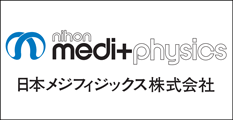マウス精巣器官培養法を活用した放射線不妊メカニズムの解析Application of a Mouse Ex Vivo Spermatogenesis Model to Elucidate the Mechanism of Radio-Therapy-Related Male Infertility
1 量子科学技術研究開発機構量子生命科学研究所Institute for Quantum Life Science, National Institutes for Quantum and Radiological Science and Technology
2 茨城大学大学院理工学研究科Graduate School of Science and Technology, Ibaraki University
3 北海道大学環境健康科学研究教育センターCenter for Environmental and Health Sciences, Hokkaido University



